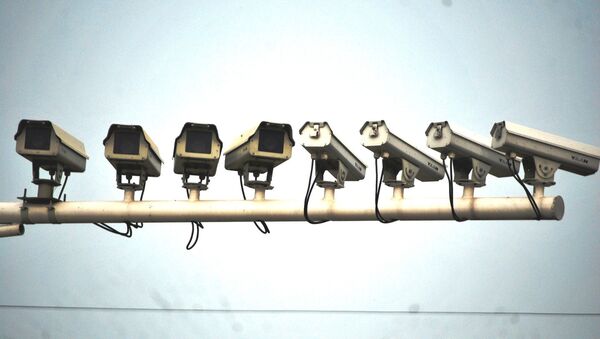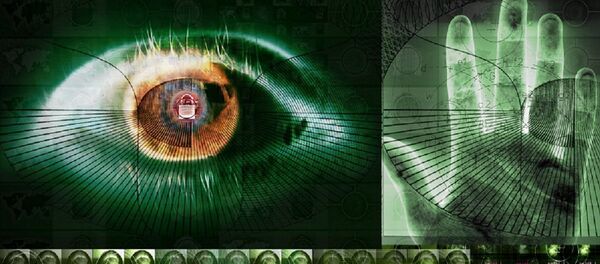"At each crossing, and at structurally sensitive points on bridges and tunnels, advanced cameras and sensors will be installed to read license plates and test emerging facial recognition software and equipment," Cuomo said, while debuting the $100-billion package in October 2016.
His plan also calls for improved public transportation, renovated airports, and outfitting New York City’s 2,000-odd bridges and tunnels with energy-efficient LED lights. The governor did not provide details on the number of cameras, where the images would be stored or what agencies would have access to them.
New York Civil Liberties Union attorney Mariko Hirose told Vocativ at the time, "It’s troubling that we’re one step closer to the world of 'Minority Report' without any discussion of the serious privacy concerns that are implicated by this plan."
Clare Garvie, an associate at Georgetown University’s Center for Privacy and Technology remarked, "This is a highly advanced system they’re asking for." Garvie, who specializes in law enforcement use of facial recognition technology, explained that, "This is going to be terabytes, if not petabytes of data, and multiple cameras running 24 hours a day. In order to be face recognition compliant they probably have to be pretty high definition."
According to the memo, obtained by Vocativ, "The Authority is interested in implementing a Facial Detection System, in a free-flow highway environment, where vehicle movement is unimpeded at highway speeds as well as bumper-to-bumper traffic, and license plate images are taken and matched to occupants of the vehicles (via license plate number) with Facial Detection and Recognition methods from a gantry-based or road-side monitoring location."
The most well-known facial recognition system resides in Moscow, where the program is paired with hundreds of closed-circuit television cameras and uses captured images to access driver’s social media accounts.
In the US, the Los Angeles Police Department admitted to deploying sixteen cameras with recognition software in 2013 as a way to identify suspects.
Garvie offered, "Imagine the worst case scenario of cameras that can identify people walking by and we might have that in the future…We have law enforcement agencies really pushing to implement this technology, we have companies really pushing their realtime capabilities, and we don't have a similar move on the part of the public or the legislature, largely I think from lack of transparency about this."





